“For me the camera is a sketchbook, an instrument of intuition and spontaneity, the master of the instant which, in visual terms, questions and decides simultaneously.” – Henri Cartier-Bresson
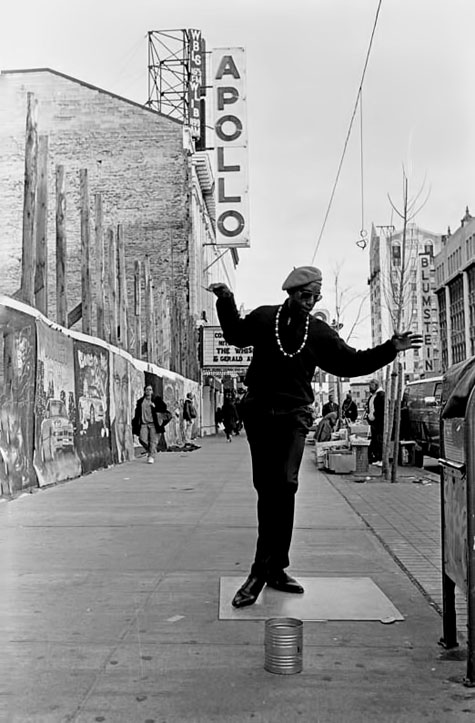
125th Street Harlem, NY. May, 1993 — ‘This fellow calls himself Dancing Harry’ – by Ozier Muhammad
Visual language captured on the streets:
The technology for taking images of moving objects was available in 1851, when Charles Negre mastered the technical sophistication to make this a possibility, and he used it on the streets of Paris. Around the 1900’s, Jean-Eugène Atget began documenting the architecture of Paris with photography and occasionally did images of people on the street.. It wasn’t until later in the 50‘s that Henri Cartier-Bresson used a compact Leica camera for discreet, candid street photography and turned it into a serious art, releasing the genie of spontaneity and the ‘decisive moment’ – when form and content, vision and composition, motion and inertia, shadow and light merged into an instant, transcendent whole. He saw photography as the simultaneous recognition, in a fraction of a second, of the significance of an event. Paradoxically, the immobilization of time through capturing a finite moment by creating an eternal witness to an event, not only created a mirror of reality but also had the potential to be a flight from reality. Through interpretation of light, mood, circumstances and artistic input, an alternate consciousness was accessible to redefine the visual. Francoise Sagan said that “Art must take reality by surprise.” Photography defiantly had the immediacy to hijack a moment and reveal the unpredictable.
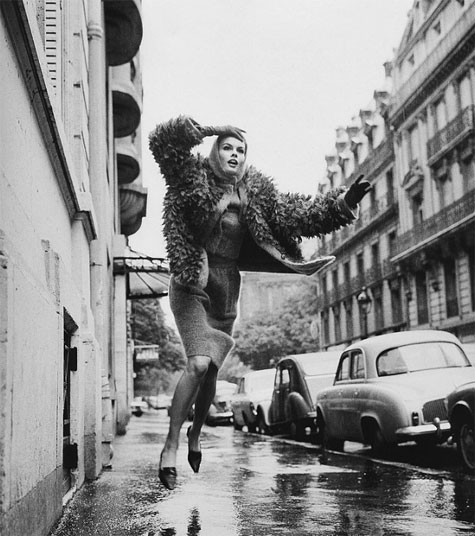
Jean Shrimpton, Paris, 1965 Photo Richard Avedon
It was also at this time in the 50‘s that Georges Dambier escaped the confines of the sterile Parisian fashion photography studios and took to the streets. Almost immediately his shoots became more impulsive and natural, where the models shed their look of emotionless indifference and instead were more active, smiling and less formal. Besides shooting assignments in his beloved Paris, he also pursued more exotic locations, where models were surrounded with local people, like in a Marrakesh market place, mediterranean villages or remote deserts. Their elegance and chic was more enhanced when juxtaposed against the outdoor surroundings.
Robert Doisneau was also active on the streets of Paris at this time, introducing identifiable elements into his art with his visual essays on the mingling social classes, performers and eccentrics in contemporary Paris streets and cafes. His imagery touched on the vagaries of human frailty, survival and escapism with heartfelt intimacy and moments of humor.
The current Italian photographer, Paolo Roversi, also considers photography to be not only a reproduction of reality, but a revelation. He states “I think creativity needs spontaneity, it needs risk, accident, the ability to change your mind, and why be limited by rationalism and logic. For me creativity is never logic. An accident is sometimes a miracle and not an accident, something happens that you didn’t think of, and finally there is a surprise and you see something you never saw before and it becomes magic.” He also claimed that for himself, the process is mystical, where he has to apply his energy on a certain level and not just physically go through the motions of setting up and executing a shot. Conjuring the mood also matters. Compromise is also required including aesthetic compromise, lighting compromise and not being too attached to one’s creative ideals.
The Surrealists reveled in the unusual and seeing the bizarre in everyday reality and street photography unleashed this quality as their approach became less conceptualized and more spontaneous. Following a ‘right time right place’ expectation increased the probability of these moments and the visual language of the streets has been richer for it. A collection of staged and spontaneous street photos from a broad assortment of photographers is presented here.
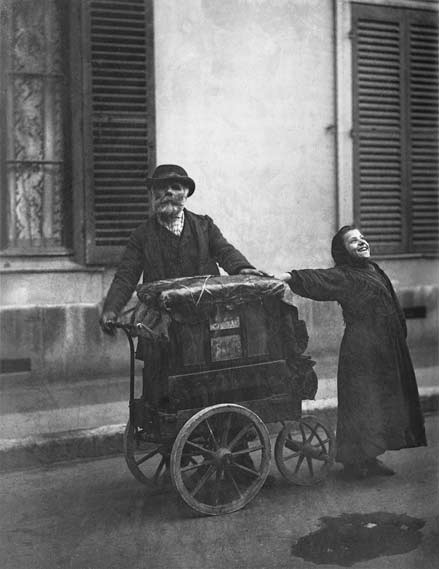
‘Organ Grinder’ – Jean Eugène Atget
1898
Hyper alert, incisive eyes
Waiting to snare
One fleeting moment
Just one more glimpse
But it never returns.
Just missed chance torment
It only appears
If you truly let go
All expectations abandoned
To avoid lament
And pierce the random
That elusive flow
Must be in tandem
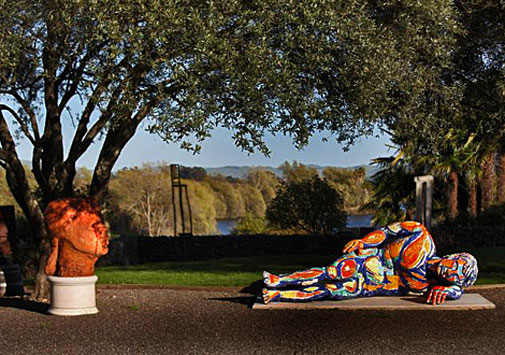
di Rosa’s Courtyard featuring works by Robert Arneson and Viola Frey—Photo – Steven Rothfeld
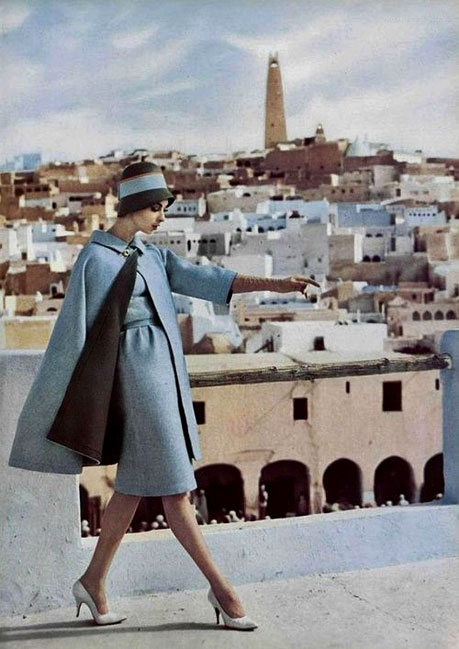
Photographer-Roland de Vassal for Nina Ricci
1960
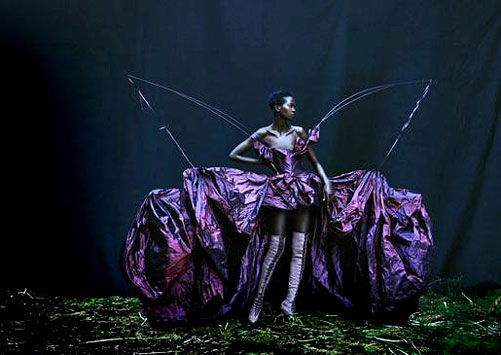
Aamito Lagum photographed by Solve Sundsbo
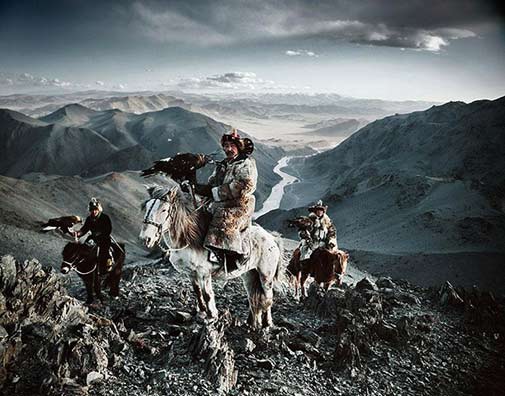
Mongolian tribe – Jimmy Nelson
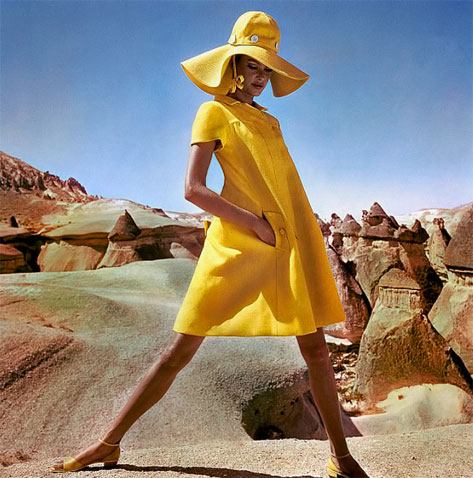
Editha Dussler, Goreme, Turkey 1966
Photo by Henry Clarke
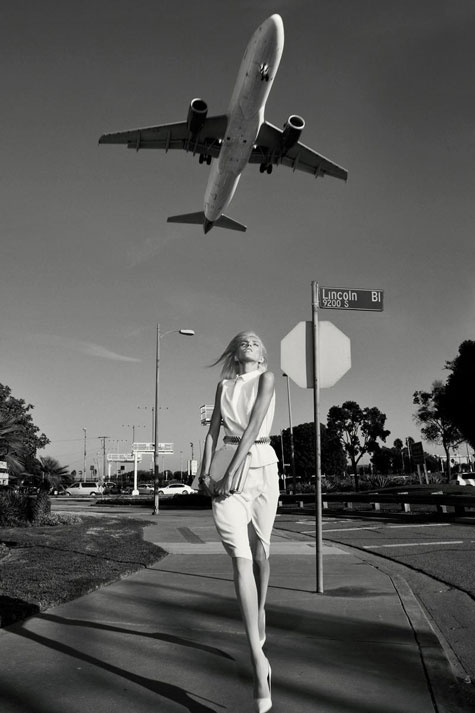
Anja Karme by photographer Glen Luchford
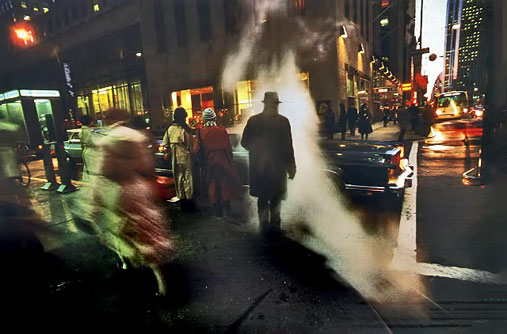
Ernst Haas photography
60’s NY
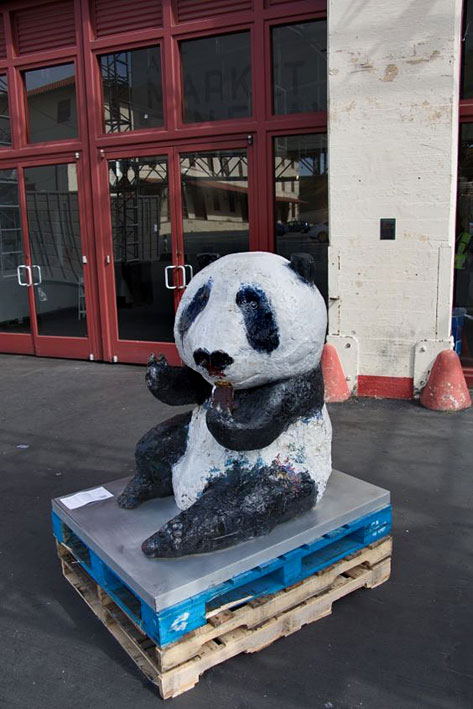
San Francisco art market
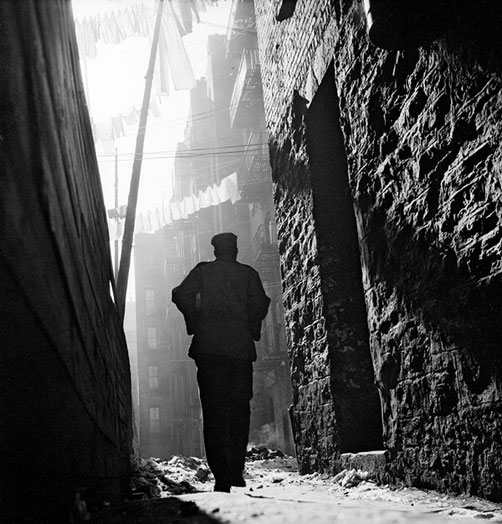
‘Off On My Own’ – Gordon Parks.
Harlem, New York, 1948.
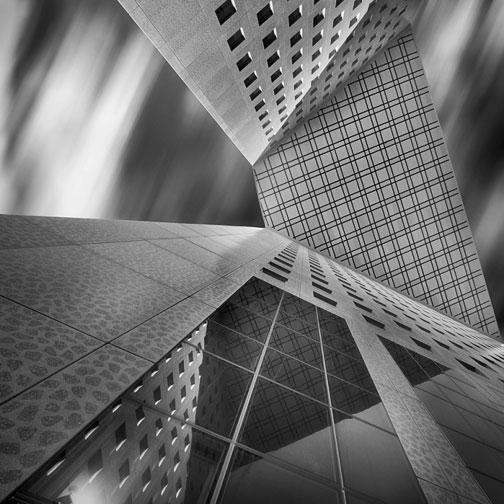
‘Paris…the modern way’ – photo Sven Fennema
2011
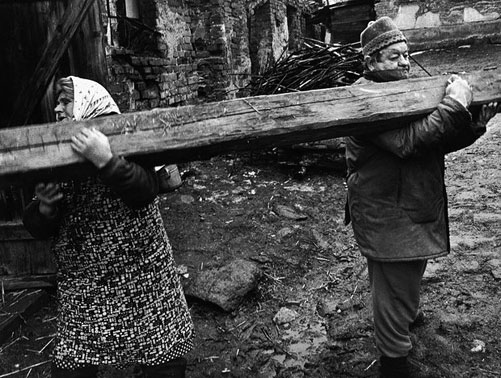
‘C’mon this way…no lets go this way’ – Jindrich Streit
Olomouc region of Czechoslovakia
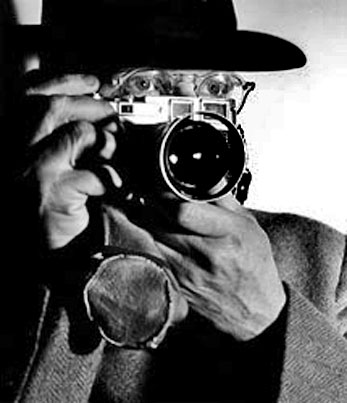
Henri Cartier-Bresson
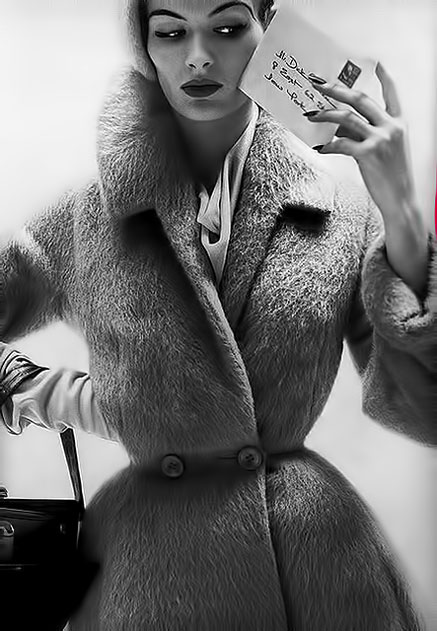
Model Theo Graham, photographer Richard Avedon, 1951
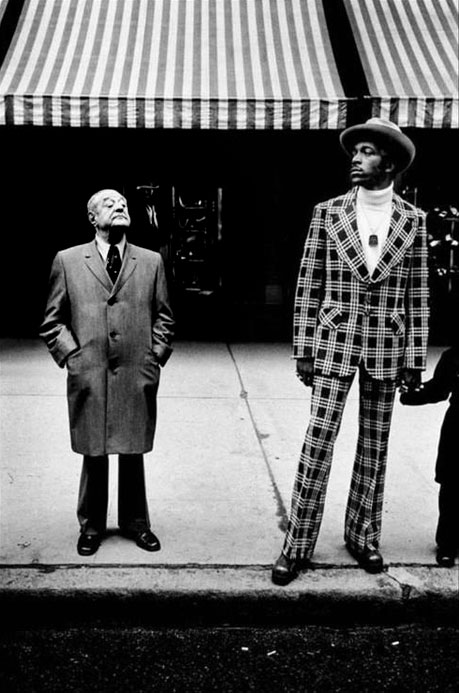
Fifth Avenue NY, 1975 – Photographer Bruce Gilden
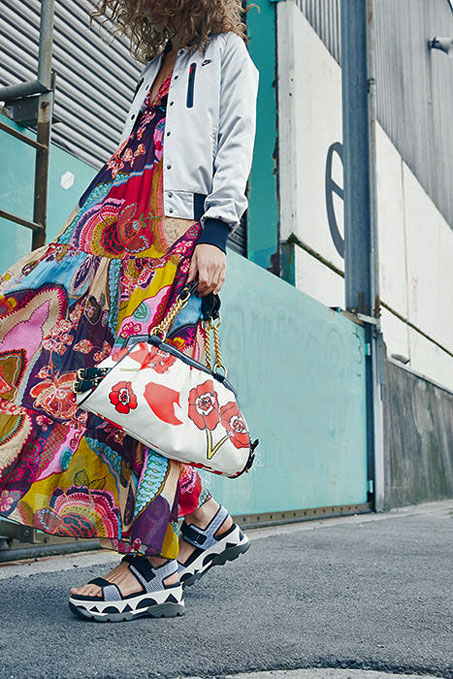
Photography by Verena Knemeyer
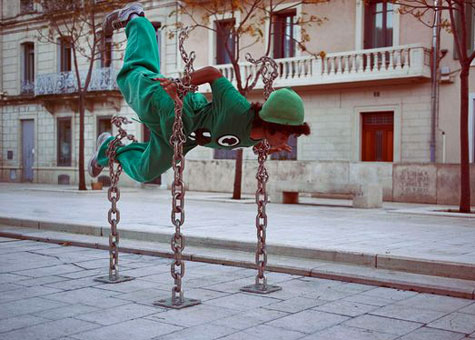
Photo – Dimitri Daniloff
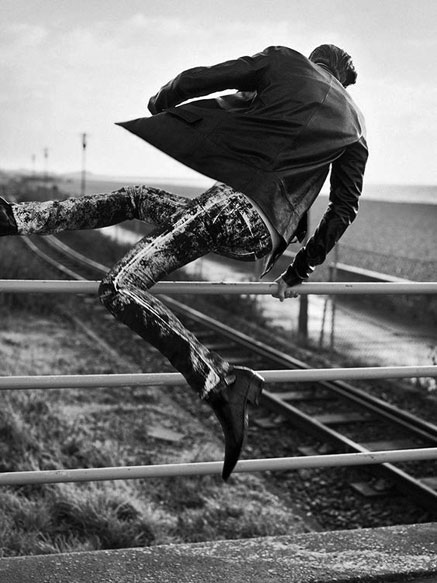
Daniel Riera
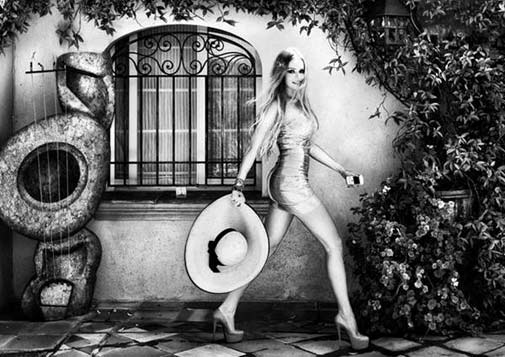
Curvaceous sculpture – Dana and Stephane Maitec
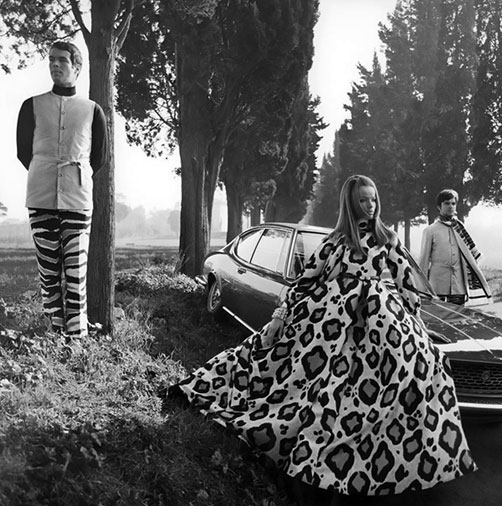
Veruschka von Lehndorff, Max Brunell, Carlo Ortiz and a Fiat Dino
photo – Franco Rubartelli, Vogue, 1969
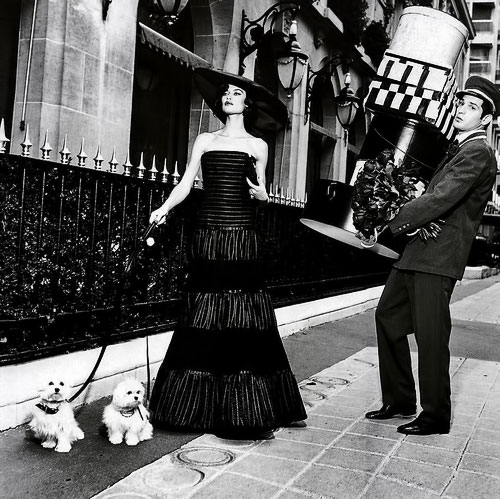
photo – Ellen Von Unwerth
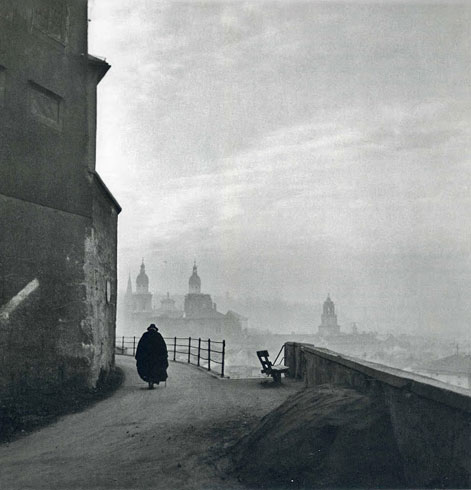
Ernst Haas 1945
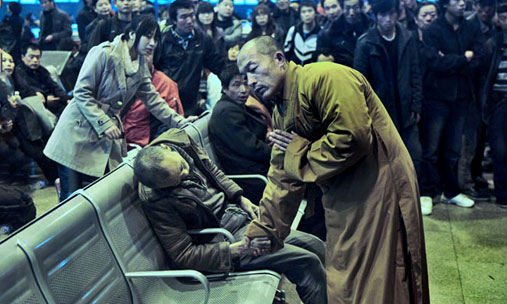
A Buddhist monk, who just happened to be at this location, administering last rites at a Chinese train station.
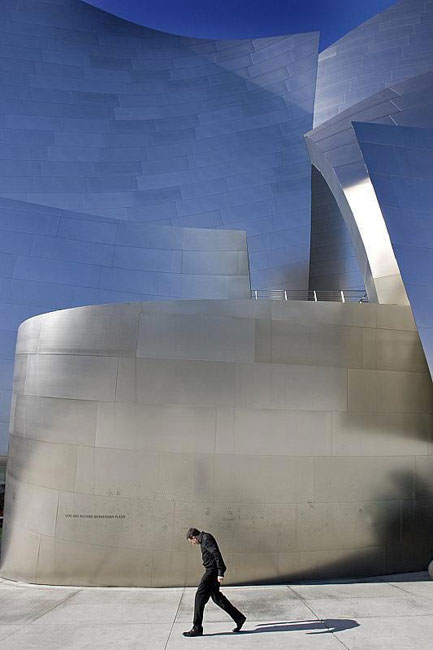
Frank Gehry designed Guggenheim Museum, Bilbao, Spain
architales.wordpress.com
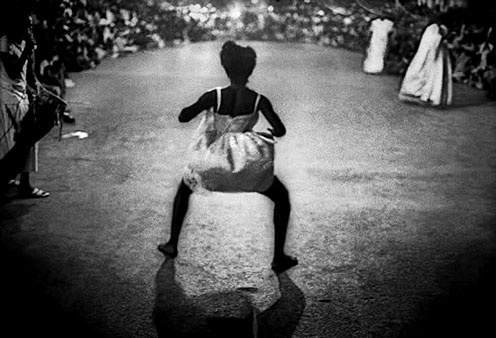
Frank Horvat photography, Dakar, Africa
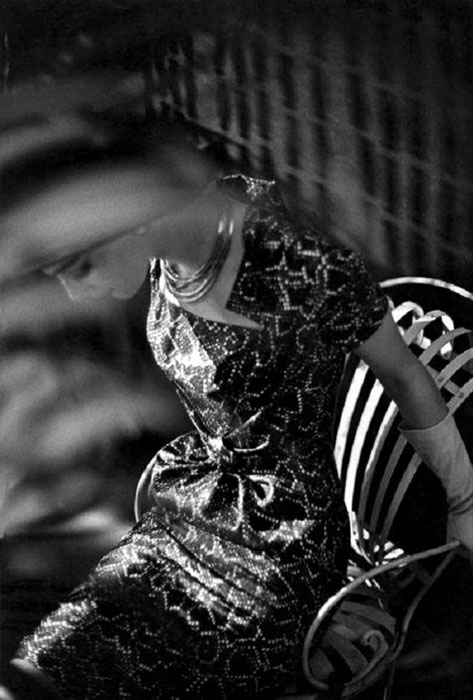
Frank Horvat
Paris, 1961
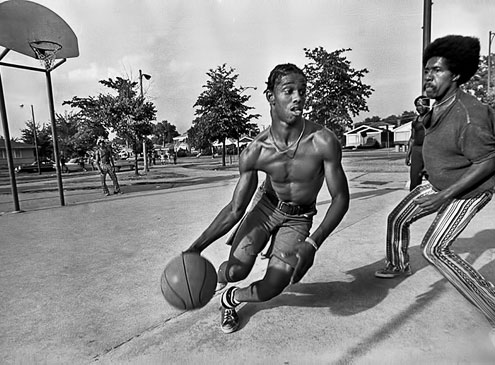
Playing basketball at Martin Luther King Jr. Park – photo by Ozier Muhammad
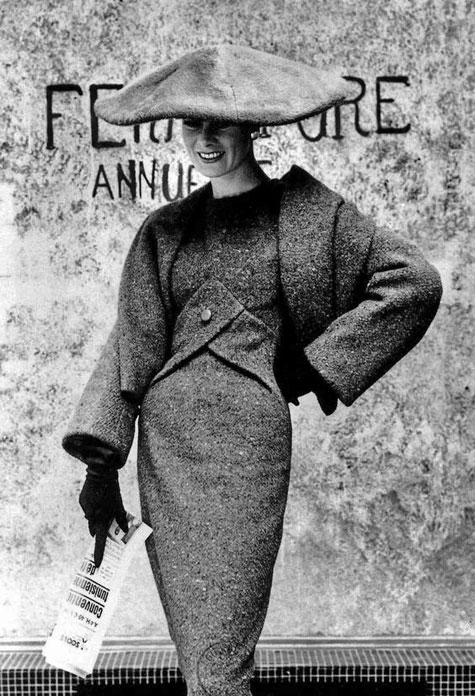
Vintage Christian Dior Model in Christian Dior’s Y-Line dress called ‘Blue de Perse’ Photo Regina Relang
Paris, 1955
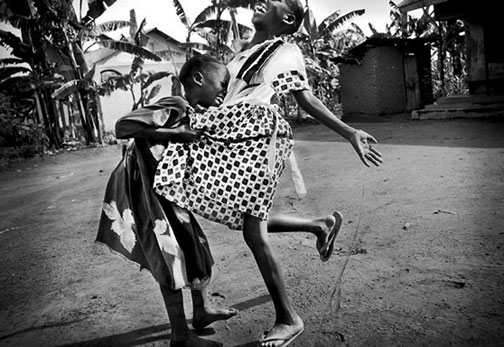
‘Dignity’ – Leslie Alsheimer
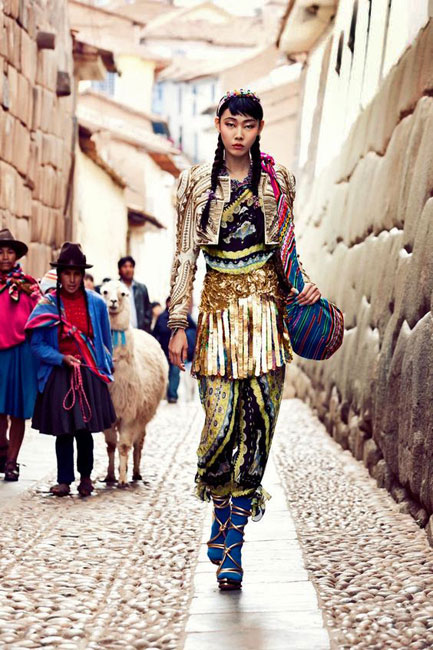
Han Hye Jin modelling for Vogue Korea – photo Alexander Neumann
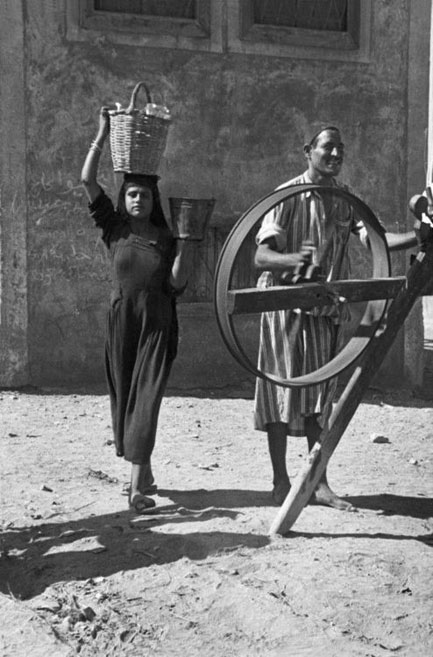
Henri Cartier Bresson, Egypt 1950
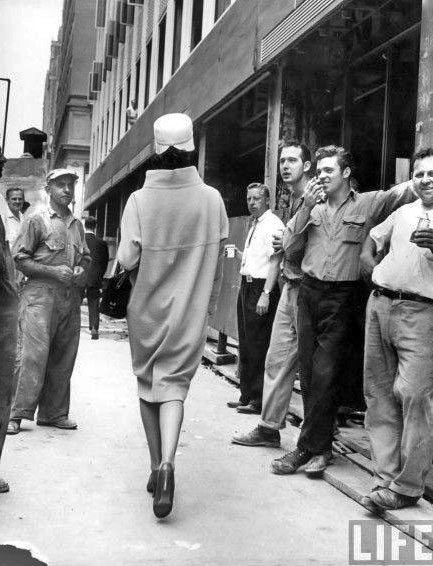
Givenchy and Balenciaga sack dress – 1957
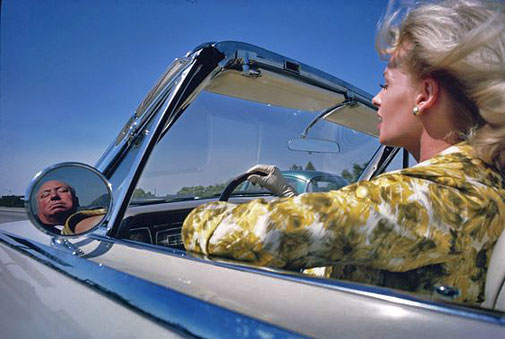
Tippi Hedren and Alfred Hitchcock – Lawrence Schiller photography
LA, 1962
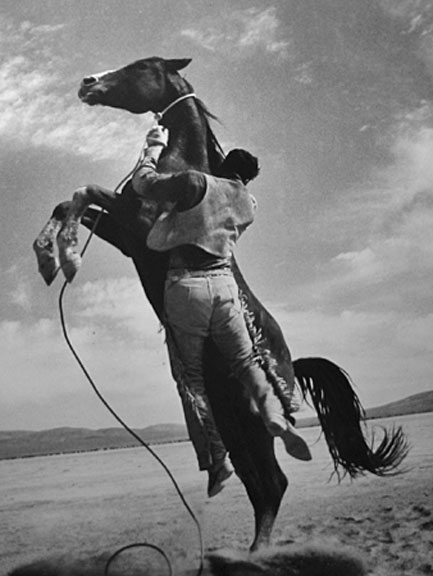
‘Wild Horse’– Ernst Haas
On the set of the movie ‘Misfits”
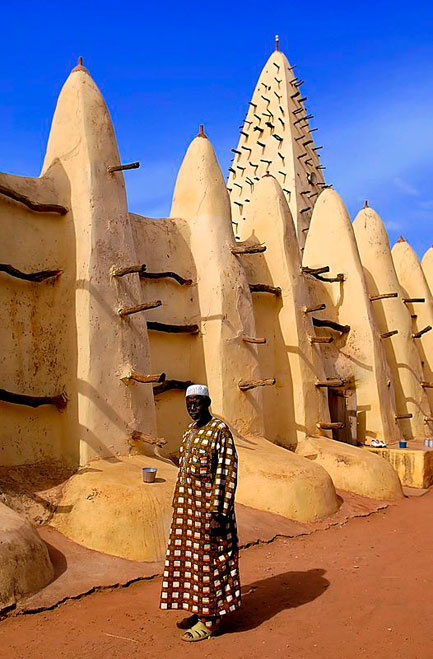
The Great Mosque of Djenne – the first mosque on this site was built in the 13th century, Timbuktu
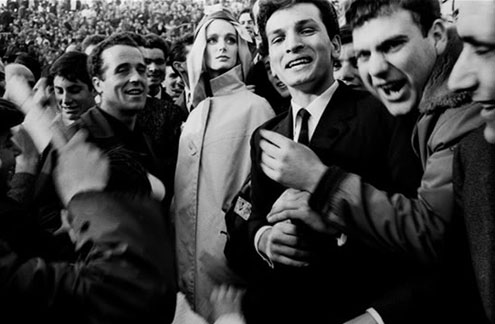
Model Deborah Dixon, wearing Italian Haute Couture, with soccer fans, 1962, Rome Harper’s Bazaar – Frank Horvat
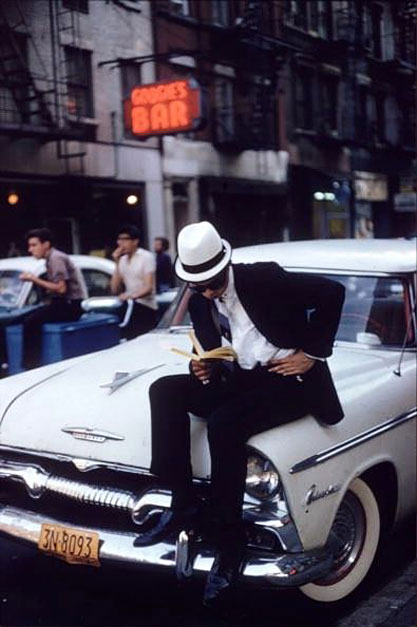
New York, c.1962. Photo–Ernst Haas
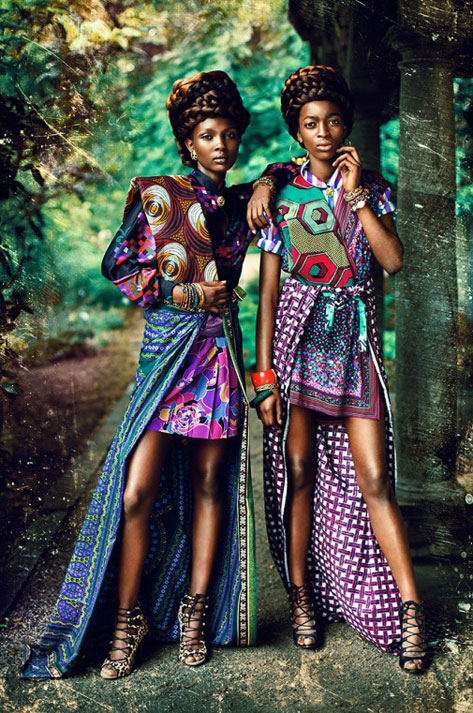
‘Zion Tribe’ by Maëlle André for Motel Magazine
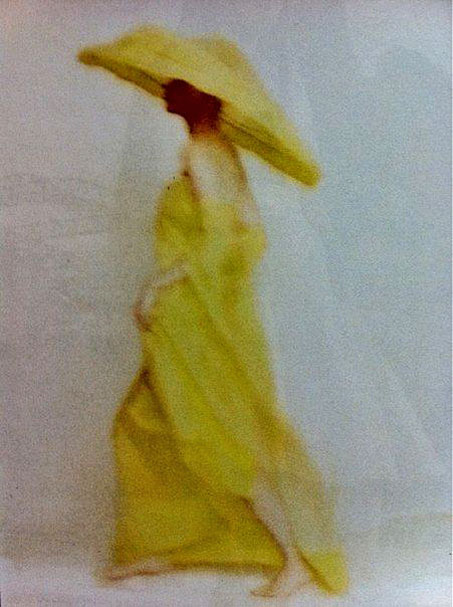
Yohji Yamamoto dress, ’Rewind/Forward’ by Paolo Roversi.
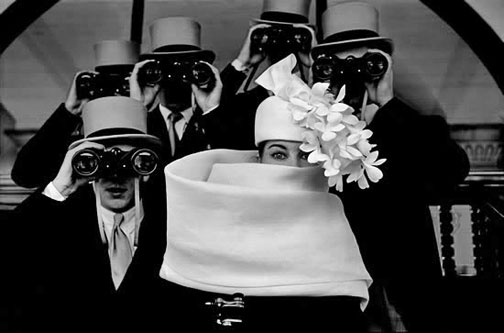
Givenchy Hat B, For Jardin Des Modes, Paris – photo Frank Horvat, 1958
Holden Luntz Gallery
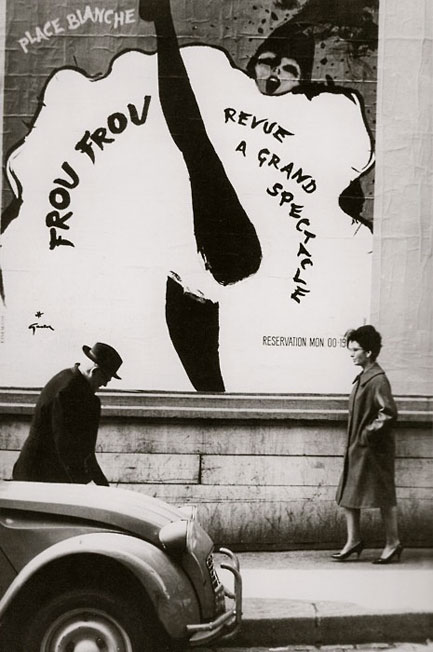
Moulin Rouge poster by Rene Gruau, 1955
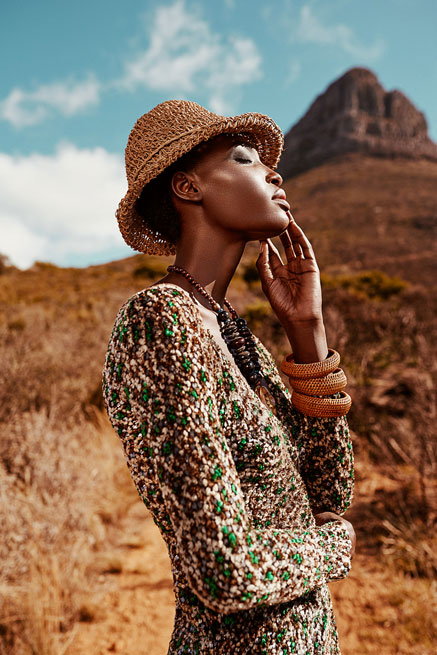
Photo by Marie Bärsch — model Julia Otobo
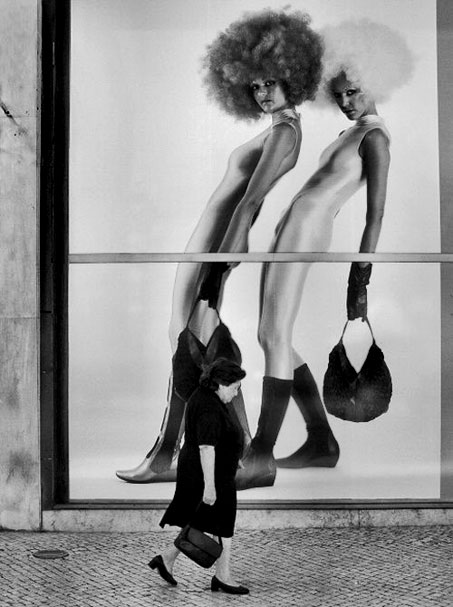
Photographer Rui Palha, Portugal
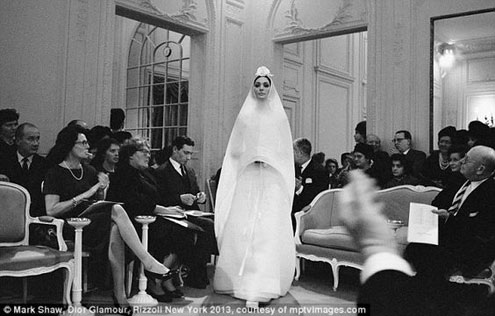
Dior 2013 – Mark Shaw, New York
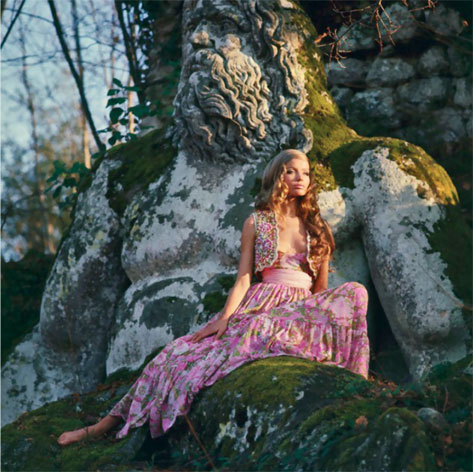
Prussian born Countess Vera Gottliebe von Lehndorff aka Veruschka, wearing a pink gypsy dress by Ken Scott
by Franco Rubartelli, Vogue Paris, 1969
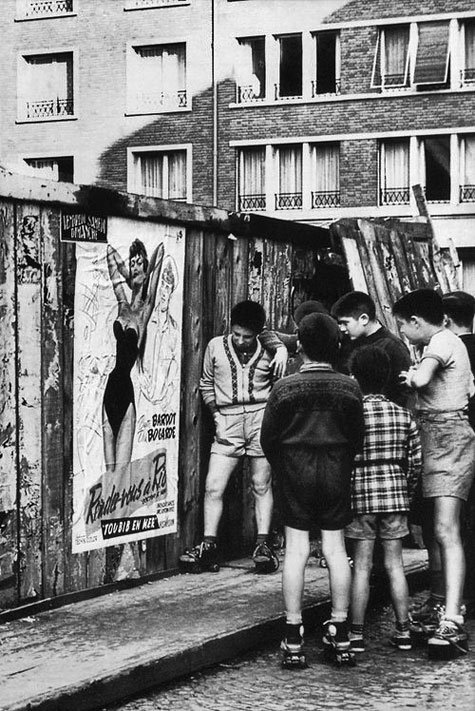
Bardot poster – René Maltête
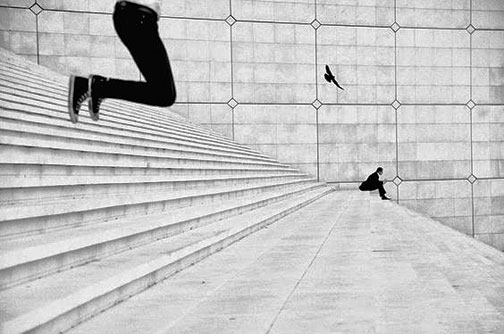
La Grande Arche, Paris, Photographer ?
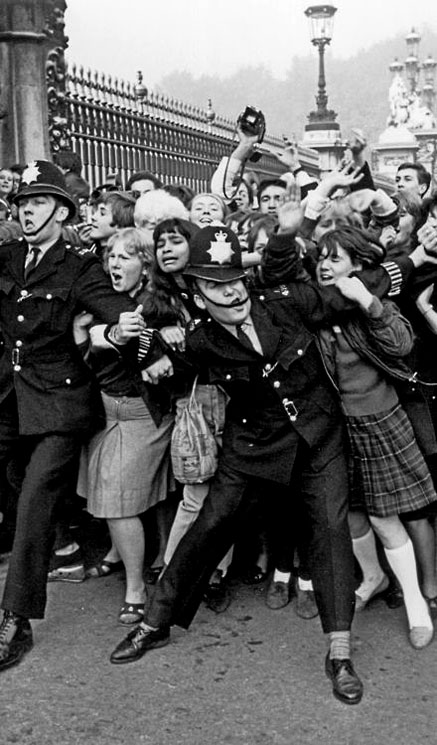
Beatle fans at Buckingham Palace, 1965
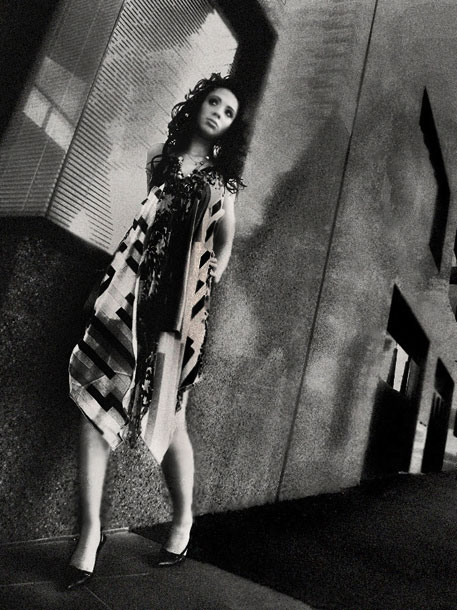
I took this in 2007 with an Olympus C 7070 WZ
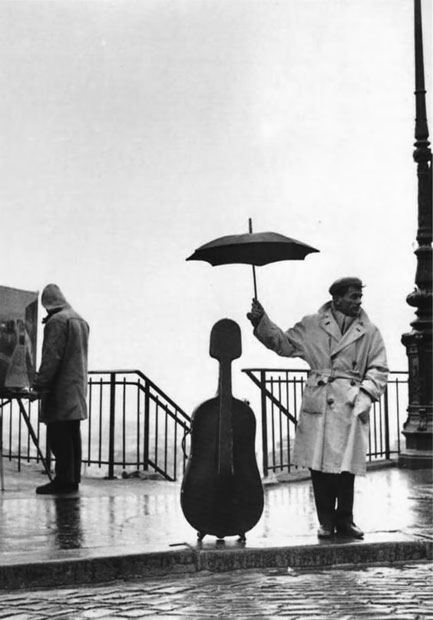
Robert Doisneau
‘The marvels of daily life are exciting; no movie director can arrange the unexpected that you find in the street’
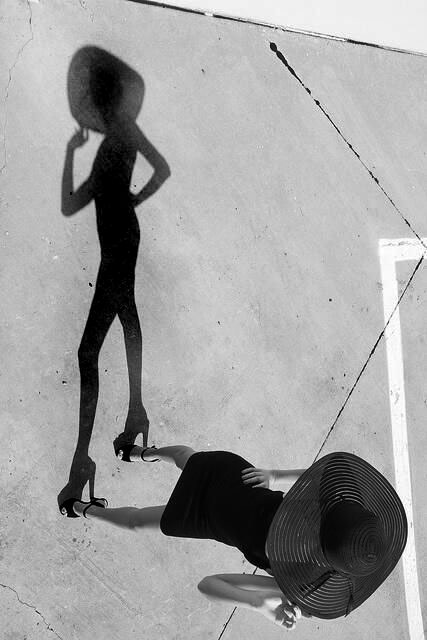
Helmut Newton ?
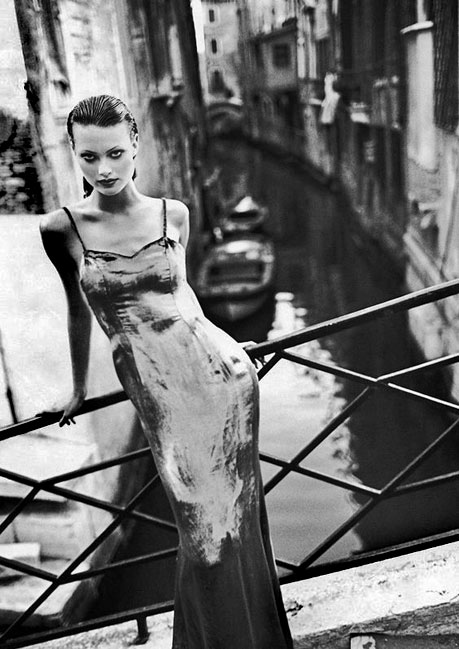
Shalom Harlow shot by Patrick Demarchelier, Venice
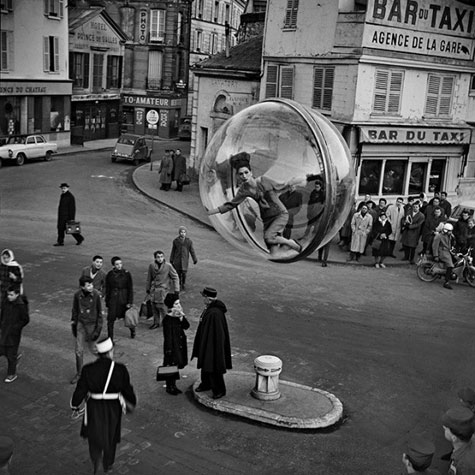
‘Lumiere Street, Paris’ – Melvin Sokolsky 1963
Bubble Series, Paris
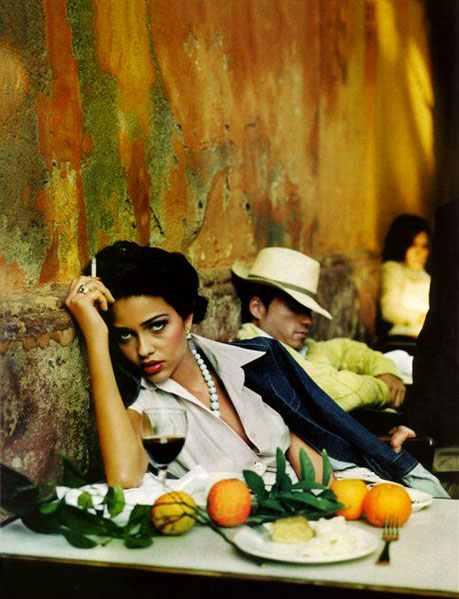
Ruven Afanador
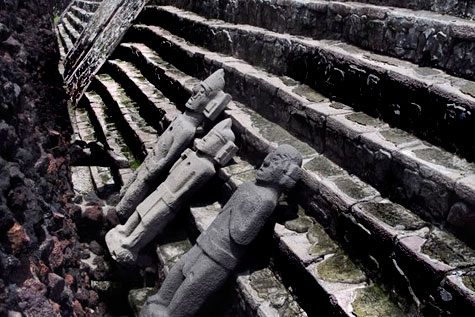
Templo Mayor Museum, Mexico
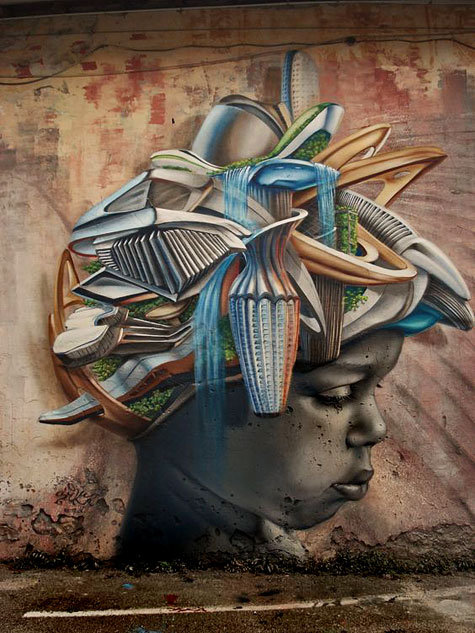
TSF Crew street mural
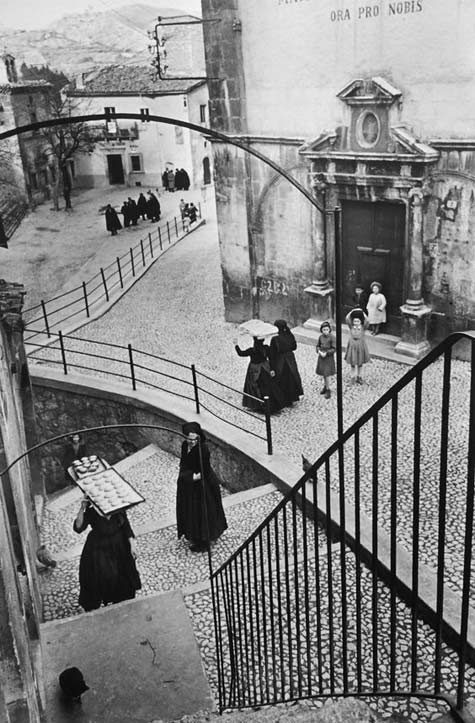
“Aquila Degli Abruzzi”, Henri Cartier-Bresson
1952
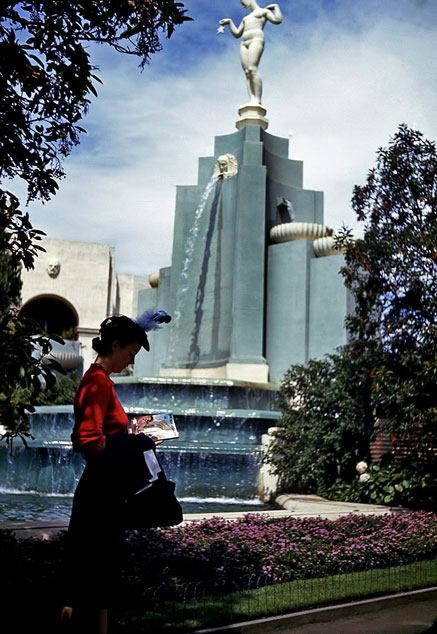
‘Fountain of the Evening Star’ by sculptor Ettore Cadorin
Unknown photographer, 1940, Golden Gate International Exposition, Treasure Island, San Francisco
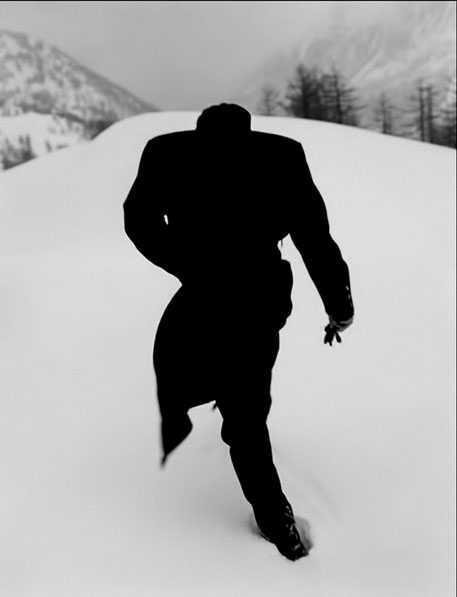
‘Isola Hommes Men’, Kurt Markus
1991
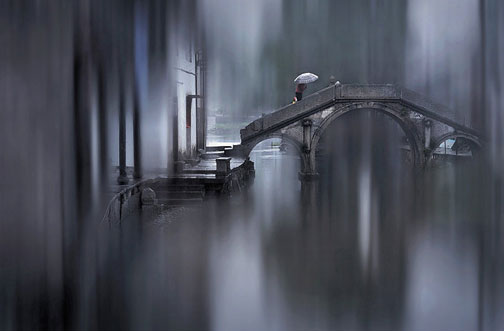
‘Rain Town Middle East’—Yang Fuhua
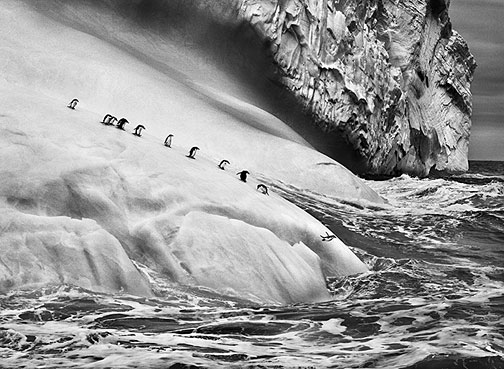
Leap of faith – Penguins in Antarctica
Penguins on an iceberg between Paulet Island and the South Shetland Islands – Sebastião Salgado
NEXT POST — Gilded cosmic gyrations of Lina Viktor
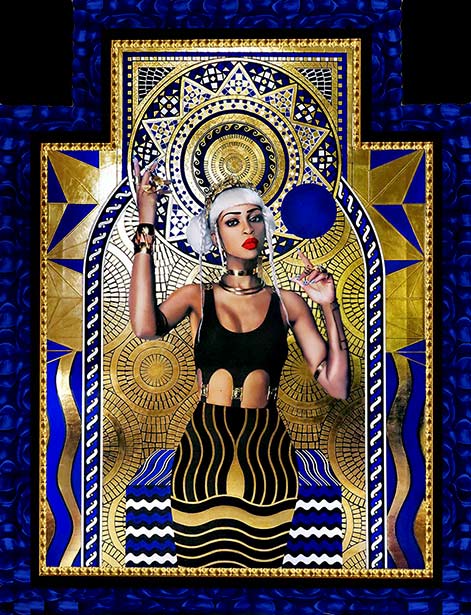
Lina Viktor with her gilded wall painting

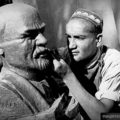
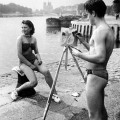
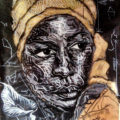
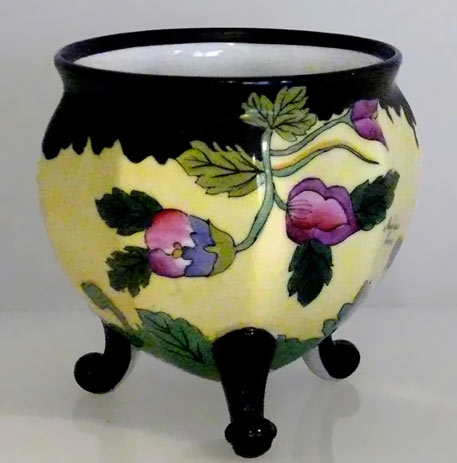

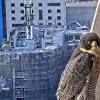
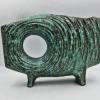
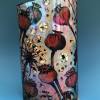
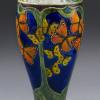

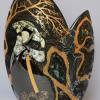
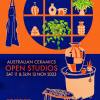
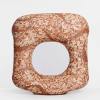
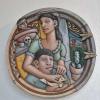
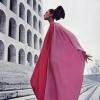
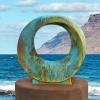
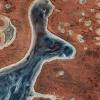
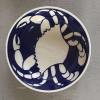
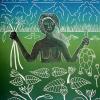
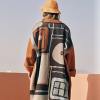
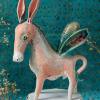
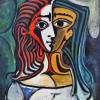

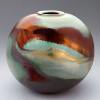
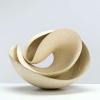
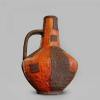
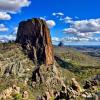

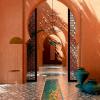
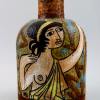
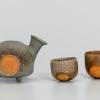
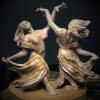
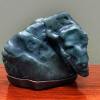
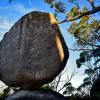
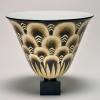
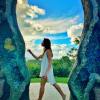
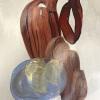
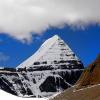
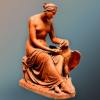
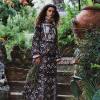
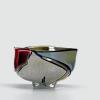
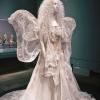
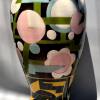
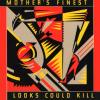
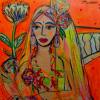
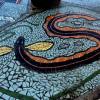
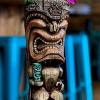
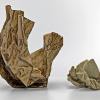
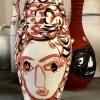
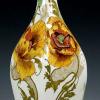
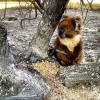
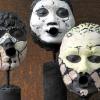
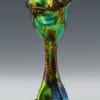
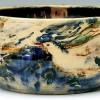
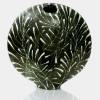
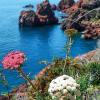
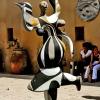
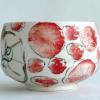
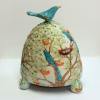

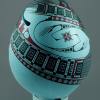
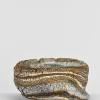
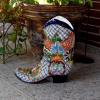
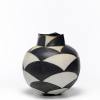
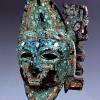
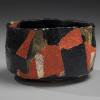
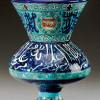
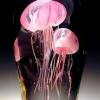
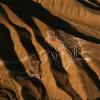
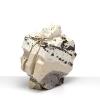
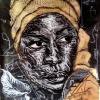
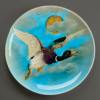
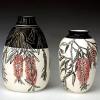

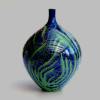
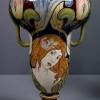
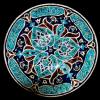
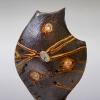
One Trackback
[…] ‘Street Cred visuals’ […]